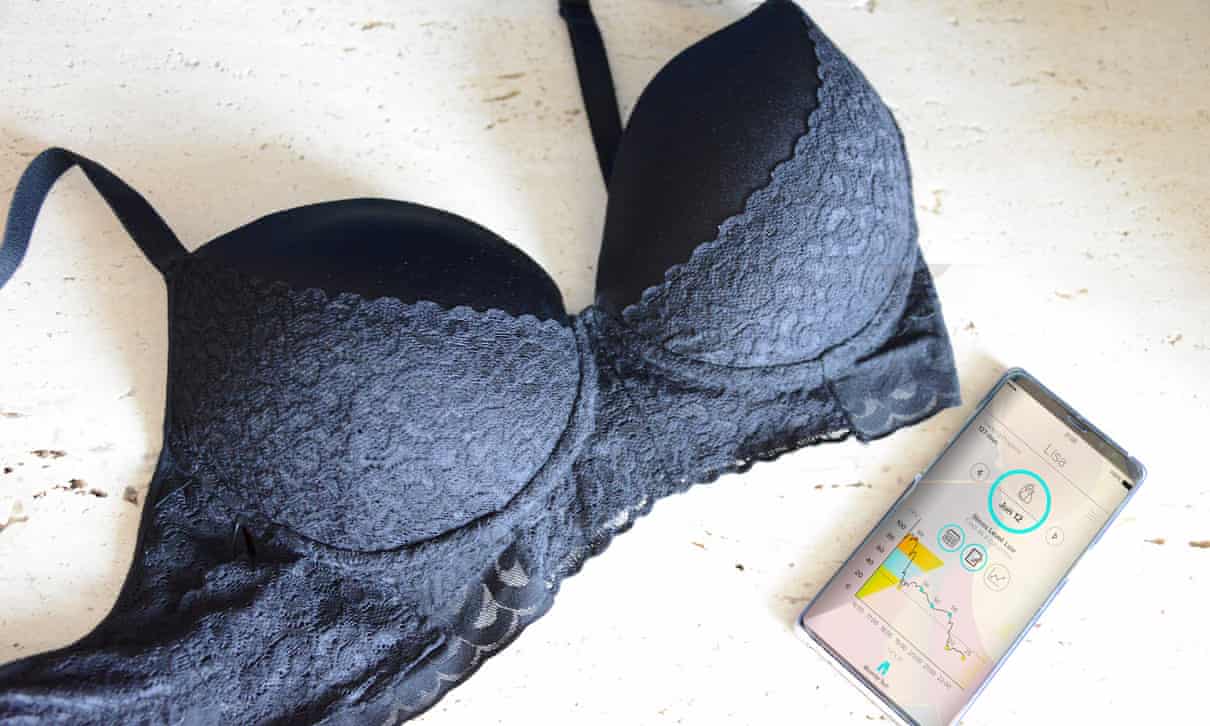
If you're asked to imagine a person who has a heart attack, who do you see? Most of us think of an old man.
It's what we tend to see in movies. And while 3.9 million men live with cardiovascular disease in the UK, according to the British Heart Foundation, 3.5 million women also have a heart condition. However, we know much less about how to spot cardiovascular health issues in women. This means women wait longer to seek medical help, and are only half as likely as men to receive recommended heart-attack treatments.It was only in 1993 that women and people of colour were officially included in US clinical trials, yet much of our current medical knowledge has been shaped by earlier research. But over the past two decades, scientists have laid bare our need to know more about a wider range of bodies. As data is slowly catching up with reality, could technology help to plug the gap?"There is a lot of latent bias," says Alicia Chong Rodriguez, founder and CEO of early-stage startup, Bloomer Tech, who trained as an engineer before focusing on health tech. "We're unaware about the differences of women's symptoms, and there are adverse treatment outcomes. I really wanted to solve this using technology."She met her co-founders, Aceil Halaby and Monica Abarca, at the Massachusetts Institute of Technology. Bloomer Tech is named after the 19th-century women's rights activist Amelia Bloomer who campaigned against corsets. Bloomer Tech embeds medical sensors in "smart bras" to collect data on cardiovascular health."Medical devices can be cumbersome and annoying," says Chong Rodriguez, so the Bloomer bra comes with lace and playful straps. "We transformed a typical medical device into everyday medical-grade garments that women will actually want to wear."This March, they raised $3m (£2.5m) in seed funding and plan to scale the manufacturing of their prototype for further tests. Based in Cambridge, Massachusetts, Bloomer Tech has a handful of full-time employees and the team is growing.As their inspiration, the founders credit the wider movement of cardiologists in the US and across the world, who have provided decades of evidence-based research – showing that physiological differences between the sexes demand more women-centric solutions.It's a novel approach. After all, most technology is still designed by men, for men. For instance, smartphones that don't fit into women's smaller hands. Such design and development oversights can adversely affect women's health and safety. Famously, seatbelts weren't designed for women.Christina Friis Blach Petersen is co-founder of health tech startup LYS Technologies. Its products focus on light and its impact on health: "I think people are very focused on what they eat and exercise, but light is so essential to life on the planet it's been neglected in the health calculation," she says.Her interest was sparked by research that suggested nurses who work night shifts at hospital – and are therefore more exposed to blue light – have higher rates of breast cancer, diabetes and cardiovascular disease.Moving from Denmark to the UK, she enrolled in a master's programme on innovation design engineering at Imperial College, where she met her co-founder Hugo Starrsjo. The duo set up a Kickstarter campaign, raising £55,978, and launched their startup in London in 2016. Their product is a button, the size of a £2 coin. It's a wearable light-tracking device that helps people monitor the kind of light they're exposed to throughout the day.When it comes to our light intake, intensity, colour, timing and duration matter. "You have to avoid blue light at night before bed because blue light suppresses melatonin, your natural sleep hormone," says Friis Blach Petersen. Most offices are too dark, "they're telling you to go to sleep in terms of what light you're getting". The result is circadian rhythm disruption. This, in turn, has been linked to illnesses in the long-term, while affecting our sleep and energy levels in the short run.How did they go about designing wearable tech that would suit both men and women? "I feel the problem with men designing for women, is they think: 'We'll just make it pink and fluffy,'" she says. "I really thought about how we could make it minimalistic and Scandinavian and fit it into a modern lifestyle."Echoing the data disparity found in cardiovascular health, she says: "A lot of the research done in academia with circadian rhythms is done with 25-year-old men, sitting in a lab with a spectrometer on their heads." But we know that women typically need more light than men."This huge gap in medical data for women offers a lot of opportunities for tech startups," she says. Marija Butkovic, a lawyer from Croatia who moved to London in 2016, is the founder and CEO of Women of Wearables. It started out as a small get-together to connect women who worked in wearable tech, but has now turned into a global community with more than 20,000 members in 30 countries."When it comes to women's health, there are business opportunities in any area you choose", she says, as long as you find good data. What's more, women make 80% of healthcare decisions in the US in the home, according to the US Department of Labor. "There's 50% of us on this planet, we cannot be niche."At the same time, female-only startups still only received less than 3% of venture capital in the US, according to PitchBook. Similarly, 83% of venture capital deals in the UK went to all-male teams in 2017.While female founders deserve more funding, it's also clear that the issue of gender bias in medicine requires a larger societal shift. "We really need to approach this challenge in a holistic way," says Butkovic. Researchers, investors, corporates, and pharma companies need to get on board. Because, as she notes: "These problems and challenges cannot be solved only by innovative startups."

0 comments:
Post a Comment